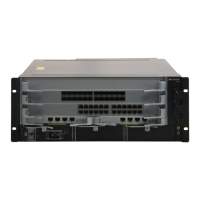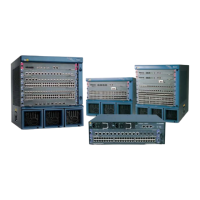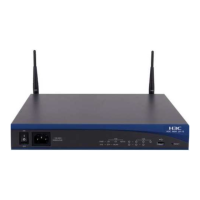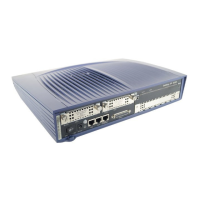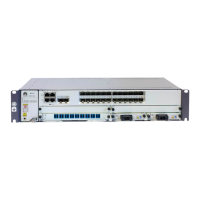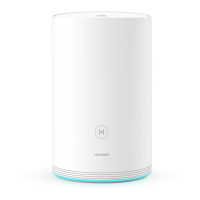Operation Manual - Routing Protocol
Quidway S3500 Series Ethernet Switches Chapter 2 Static Route Configuration
Huawei Technologies Proprietary
2-1
Chapter 2 Static Route Configuration
2.1 Introduction to Static Route
2.1.1 Attributes and Functions of Static Route
A static route is a special route. You can set up an interconnecting network with the
static route configuration. The problem for such configuration is when a fault occurs to
the network, the static route cannot change automatically to steer away from the node
causing the fault, if without the help of an administrator.
In a relatively simple network, you only need to configure the static routes to make the
router work normally. The proper configuration and usage of the static route can
improve the network performance and ensure the bandwidth of the important
applications.
All the following routes are static routes:
z Reachable route: A normal route is of this type. That is, the IP packet is sent to the
next hop via the route marked by the destination. It is a common type of static
routes.
z Unreachable route: When a static route to a destination has the "reject" attribute,
all the IP packets to this destination will be discarded, and the originating host will
be informed destination unreachable.
z Blackhole route: If a static route to a destination has the “blackhole” attribute, the
outgoing interface of this route is the Null 0 interface regardless of the next hop
address, and any IP packets addressed to this destination are dropped without
notifying the source host.
The attributes "reject" and "blackhole" are usually used to control the range of
reachable destinations of this router, and help troubleshooting the network.
2.1.2 Default Route
A default route is a static route, too. A default route is a route used only when no
suitable routing table entry is matched and when no proper route is found, the default
route is used. In a routing table, the default route is in the form of the route to the
network 0.0.0.0 (with the mask 0.0.0.0). You can see whether it has been set via the
output of the command display ip routing-table. If the destination address of a packet
fails in matching any entry of the routing table, the router will select the default route to
forward this packet. If there is no default route and the destination address of the packet
fails in matching any entry in the routing table, this packet will be discarded, and an
Internet Control Message Protocol (ICMP) packet will be sent to the originating host to
inform that the destination host or network is unreachable.

